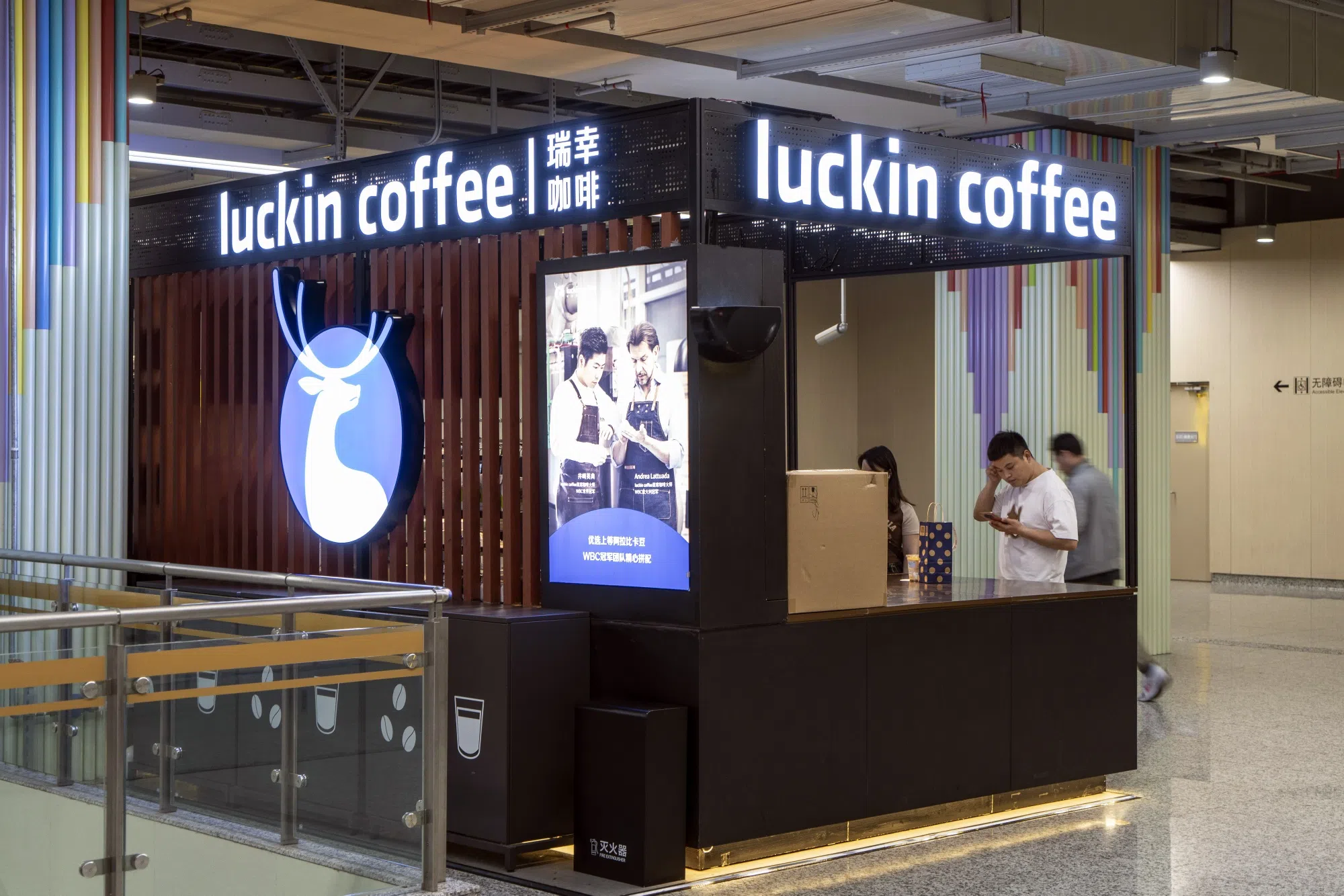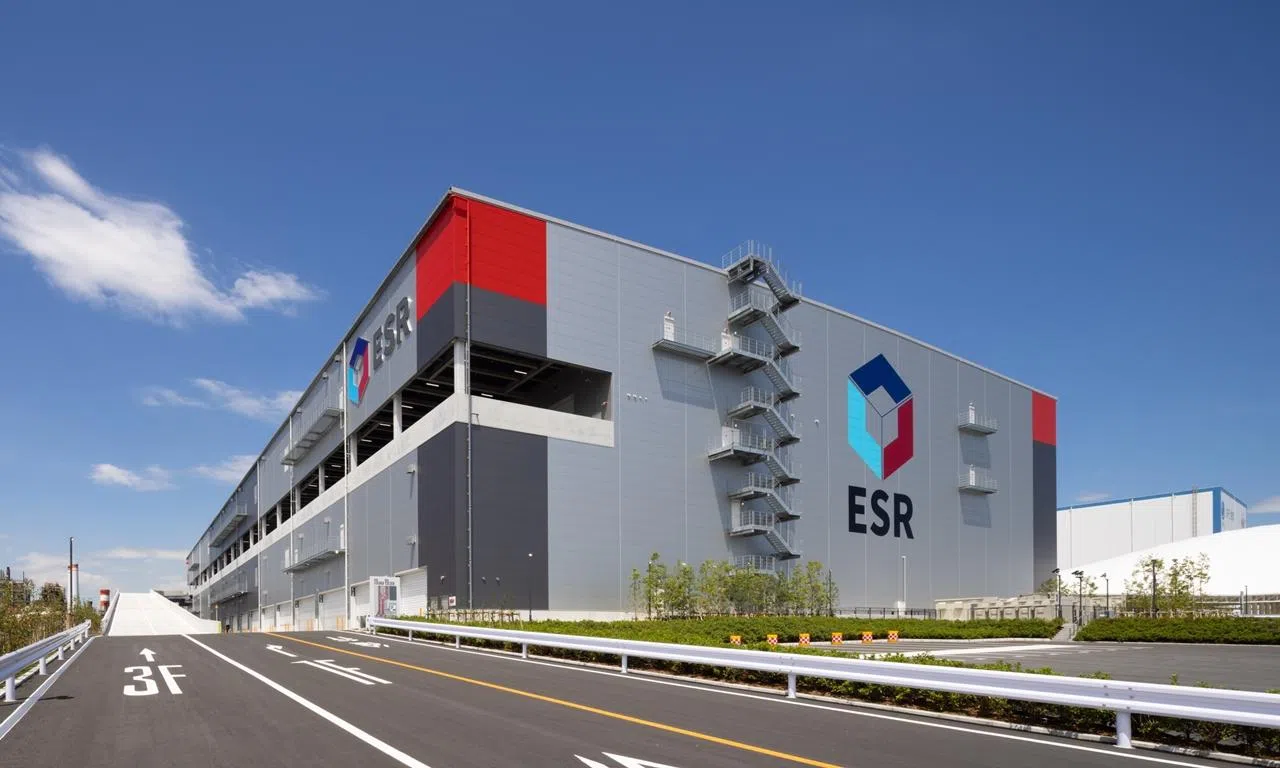WITH competition at home squeezing profits, a growing number of Chinese restaurateurs are looking overseas for fresh opportunities. But there are many challenges on the road to success abroad, not least the logistical and cultural hurdles.
“Everyone around me is going abroad,” a restaurant owner said. This surge has spawned a rash of culinary delegations and research groups exploring foreign opportunities.
The situation at home is grim: Beijing’s catering industry, for example, reported 180 million yuan (S$33.4 million) in total profits during the first half of 2024 – a drop of 88.8 per cent from the previous year, with profit margins a razor-thin 0.37 per cent.
By contrast, the global Chinese food market remains scattered and underdeveloped with 600,000 Chinese restaurants overseas, leading to a growing appetite among restaurateurs to enjoy this growth opportunity.
South-east Asia, with its proximity to China and large Chinese communities, has emerged as the perfect launchpad. Major chains such as Luckin Coffee and Tai Er Sauerkraut Fish have opened their first overseas stores in Singapore, while bubble tea brands such as Tianlala have expanded into Indonesia.
Bubble tea shops, which require lighter assets and leaner supply chains, appear to have an easier time replicating their success abroad. China’s largest bubble tea chain Mixue Ice Cream & Tea, with more than 36,000 stores domestically, has opened nearly 4,000 shops overseas, seemingly validating the feasibility of its overseas expansion model.
A NEWSLETTER FOR YOU
Friday, 8.30 am
Asean Business
Business insights centering on South-east Asia’s fast-growing economies.
Expansion abroad is not always plain sailing, however. Take the example of Haidilao International Holding, the Chinese hotpot giant. It entered Singapore in 2012 and now has only 20 stores across the city-state – a fraction of its 122 international outlets and minuscule profile compared with its domestic presence. Tai Er has managed only three Singapore locations. As Fang Zhizhong, founder of the Singaporean restaurant chain Putien, put it: “A city with six million people can only sustain so many Chinese restaurants. Twenty to 30 outlets are already pushing it.”
Even coffee and tea shops are struggling to expand quickly. Luckin Coffee, with more than 20,000 domestic stores, has only opened about 40 locations in Singapore. Tianlala entered Indonesia with bold plans to open 300 stores by the end of 2024, has only reached 50 so far, most of which are franchisees.
“Almost everyone going overseas is trying to expand chain stores, but I believe large-scale chain expansion is an illusion,” said Tiger Wu, who recruited franchisees in Indonesia for Chinese bubble tea brands. He cited Mixue as an example of the difficulties that can be encountered when expanding abroad. Mixue leveraged its first-mover advantage to open more than 2,600 stores across Indonesia, but that is probably the upper limit for bubble tea shops here, as it’s already hard to find a suitable site for more stores, Wu said.
Supply chain bottlenecks
The supply chain complexities are the biggest problem facing catering chains. Chinese brands often split their supply chains, exporting durable goods – such as jams, syrups and packaging – from China, while sourcing fresh ingredients such as meat and produce locally. But many find that logistics overseas are less reliable than those back in China. A source close to Mixue explained how tea imports to Thailand, for example, face strict quotas. Similarly, Indonesia places heavy restrictions on stainless steel imports, leading to a shortage of canned products.
In South Korea, Chinese bubble tea chain Chabaidao found that local fruit costs 10 times more than in China, forcing them to raise prices significantly. “A fruit tea that sells for 15 yuan in China costs 25 to 35 yuan in Korea,” a source close to the company lamented.
Some brands have found creative ways to navigate these challenges. In Indonesia, Mixue leveraged the extensive retail networks of Vivo and Oppo – two Chinese smartphone giants with deep roots in the Indonesian market. Many former executives from these companies opened bubble tea franchises after the smartphone upgrade cycle slowed, moving into milk tea to stay in business, said Wu.
Other difficulties can also arise. Customs delays, frequent tax rate changes and supply chain disruptions are common challenges, Wu said. To sidestep such bottlenecks, some franchisees turn to “grey clearance”, a workaround where goods enter countries through informal channels to avoid tariffs and complex customs procedures, he added.

Some companies have adapted by sharing supply chains. In Singapore, Haidilao established a central kitchen in 2017, serving not just its own outlets but other restaurants, supermarkets and wholesalers. The shared model improved efficiency, but it is not for everyone. “If you do not have deep pockets, building a central kitchen is not worth it,” warned Putien founder Fang.
Fang’s chain has 19 sites in Singapore and 42 in China. “A successful overseas expansion takes more than money – it takes strong relationships,” Fang said. When Haidilao first came to Singapore, it relied on Putien’s supply chain. “Even today, we help each other out when needed,” he said.
A race against time?
Some restaurateurs fear they have missed the boat. “It might already be too late to go abroad,” Wu said, noting the rising competition in markets such as Indonesia, where Chinese restaurateurs now dominate the once-sparse Chinatown streets.
Desperation is driving some entrepreneurs to chase opportunities far beyond Asia. Wu recalls meeting the owner of a bubble tea brand from Henan province who did not succeed in Indonesia, and then went to Germany, the United States and even Jamaica in search of success. Others open flagship stores solely to attract franchise investments, hoping to replicate a fast-profit model that no longer works in China.
However, Fang cautioned against rushing into overseas ventures. “Going global should be a strategic move, not a desperate one,” he said. “You need to go abroad when your business is healthy, not when you are fighting to survive.”
Fang remains optimistic about the potential of the Chinese domestic market. “No place in the world offers better conditions for Chinese cuisine than China itself,” he said his company’s long-term strategy still focuses on the Yangtze River Delta and Pearl River Delta. CAIXIN GLOBAL







